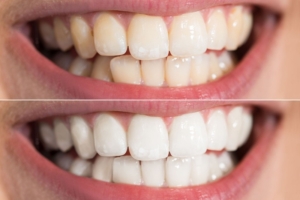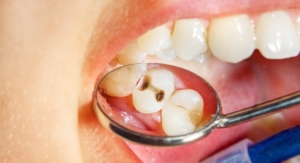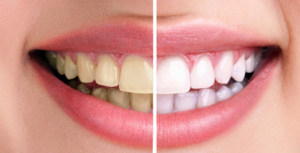
Tooth Bleaching
 People place a high value on having healthy, white teeth. Tooth bleaching is one of the treatments that dentists have been using more frequently in recent years to achieve whiter teeth. Teeth bleaching is the procedure of using tooth whitening gels to remove pigmented, organic, and inorganic contaminants that have accumulated in the enamel structure on the surface of the teeth.
People place a high value on having healthy, white teeth. Tooth bleaching is one of the treatments that dentists have been using more frequently in recent years to achieve whiter teeth. Teeth bleaching is the procedure of using tooth whitening gels to remove pigmented, organic, and inorganic contaminants that have accumulated in the enamel structure on the surface of the teeth.
Why Do Teeth Lose Their Whiteness?
Some antibiotics, structural abnormalities that develop during tooth formation in childhood, foods and beverages consumed in everyday life (coloring substances such as cigarettes, tea, and coffee), and the amount of fluoride in drinking water can all cause tooth discoloration. This color change in the teeth is divided into two:

Inner coloration: These are stains that have pierced the teeth and are impossible to remove with brushing. Structural abnormalities that occurred during the formation of teeth are also included in this class. Teeth bleaching is very successful in most of these cases.

External Coloration: This is the coloration that various foods, such as cigarettes, tea, coffee, and cola, leave on the tooth surface. In most cases, these stains can be removed with dental calculus cleaning.
Is Tooth Bleaching Safe Or Does It Damage Teeth?
According to studies and research, there is no risk in applying a 10% bleaching solution. There is not a single study suggesting tooth bleaching causes structural alterations or long-term damage to the teeth. To whiten teeth, different concentrations of medications can be used, but the dentist must decide how and how much to use them.

